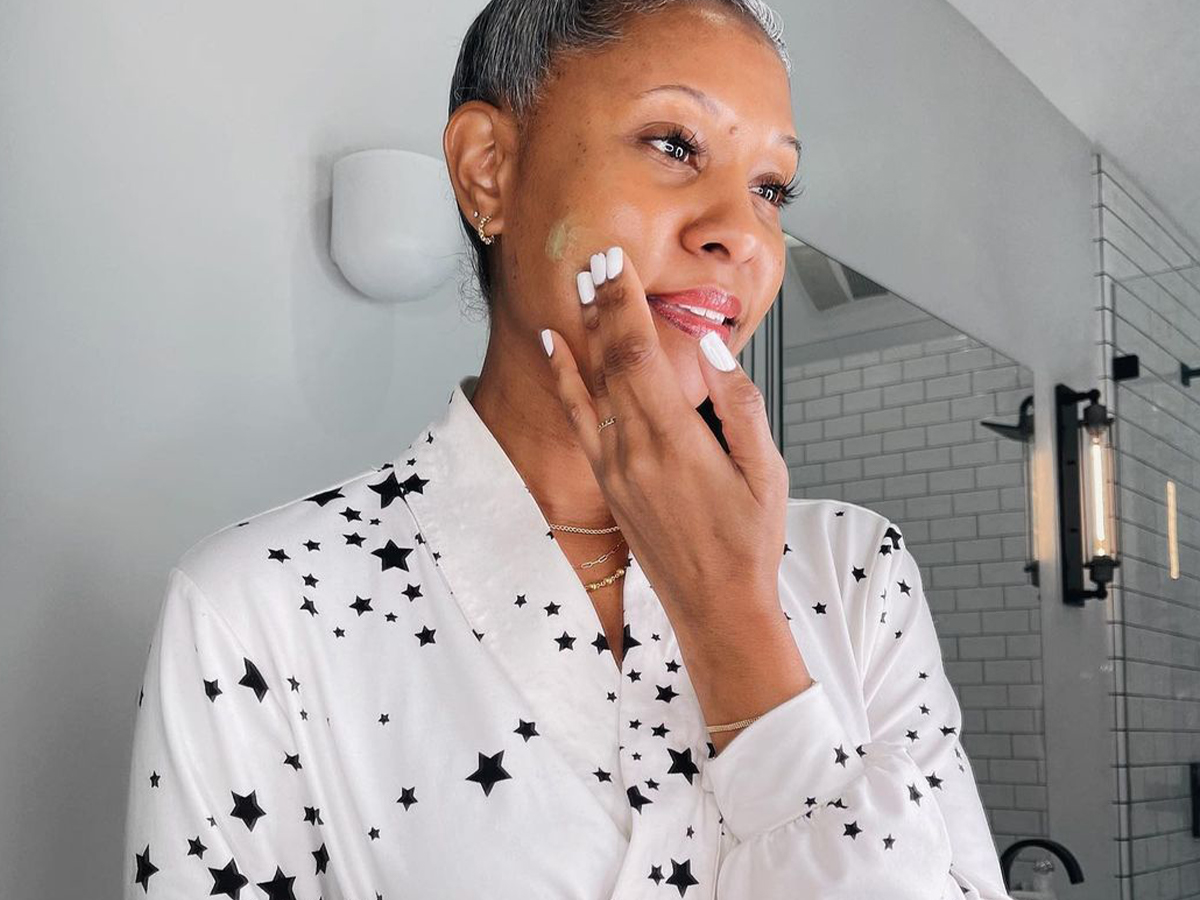How to Choose the Best Chemical Exfoliator for Your Skin, According to a Derm

Photo:
@thetennillelife_Anyone with great skin will tell you that exfoliation is non-negotiable. Just ask Pharell, the seemingly ageless rapper turned skincare magnate who's said in plenty of interviews that his big skincare secret is consistent exfoliation. While many are familiar with physical forms of exfoliation (ahem, St. Ives scrub) that include grittier substances such as grains or nuts which work to manually remove the top, dead layers of skin, chemical exfoliation is an updated, more refined version skincare experts can't stop recommending.
Chemical exfoliation works to loosen the bonds that hold skin cells together, aiding in the shedding of cells that are dead. Not only does the process encourage the continued production. of new, healthy cells, but it reveals brighter, smoother skin in the meantime. And though our skin naturally undergoes an exfoliating process daily, aspects such as age, increased sun exposures and other extrinsic factors play a role in decreasing this cell turnover. That's where exfoliating the exfoliating acids alpha hydroxy acid (AHA) and beta-hydroxy acid (BHA) come into play.
Both AHA and BHA work to exfoliate the top layers of skin, smoothing rough texture, and improving the look of fine lines, wrinkles, and uneven skin tone. Chemical exfoliation, isn’t a one size fits all situation, though, and there are different types to suit a multitude of skincare concerns. That's why we tapped board-certified dermatologist Angelo Landriscina, MD, FAAD for a full rundown. Keep scrolling for a breakdown on both kinds of exfoliators to learn how they differ, how they’re used, and the best products to shop for.
What is AHA?

Photo:
@isabel_hendrixFirst up, let's talk AHA, the water-soluble acids that work mainly at the surface levels of skin. According to Landriscina, these exfoliators are made up of molecules that have a hydroxyl group (an oxygen and hydrogen atom) that they can freely donate. They're also acidic in pH. "They help to exfoliate the skin by breaking up the adhesions between skin cells and their acidic nature may also help to activate certain enzymes in the skin which work better at a lower pH," he explains.
Common AHAs you'll see on the market include glycolic acid, lactic acid, malic acid, and the gentlest of the bunch, mandelic acid. These ingredients can be featured alone or mixed together for more advanced exfoliation. "AHAs are an effective way to address the dyspigmentation and signs of aging skin," says Landriscina. " They've also been shown to improve skin texture, normalize the production of melanin and even boost the production of collagen and hyaluronic acid over time," he adds. AHAs also have hydrating qualities and as such are often recommended for normal to dry skin types.
The takeaway: Reach for AHAs if you're looking to smooth out fine lines or treat pigmentation issues. If you have dry skin, you can also get a hit of much-needed hydration from these acids.
What is BHA?

Photo:
@symphanisotoBHA is often recommended for oily, combination, and breakout-prone skin due to its ability to clear excess oil, dirt, and debris from pores that can cause bumps. It's effective for all sorts of breakouts, from active flare-ups to milia, those small, hard white bumps which can be found in areas such as around the eye. "BHAs, of which salicylic acid is the most popular, have been used in the treatment of acne for decades," Landriscina says. "Salicylic acid’s lipophilic nature allows it to enter the pore where it can break up comedones, which are pore blockages that play a role in acne. It’s also been used as a treatment for seborrheic dermatitis and keratosis pilaris."
And in case you're not a scientist and the term lipophilic went straight over your head, it just means the compound is oil-soluble and dissolves much better in lipids or oils than in water. This is why BHA is able to penetrate deeper into the skin and is often recommended to fight breakouts from deep inside the pores.
The takeaway: Breakouts getting you down? BHA, of which salicylic acid is the most studied. and most commonly used, is for you. It's oil-soluble and can penetrate deep into the pores to clear out acne-causing debris in a flash.
Top-Rated AHA Products

Photo:
@thisisjessicatorresTop-Rated BHA Products
- Explore More:
- beauty
- Skin
- Skincare
- Exfoliation
- Exfoliator
- Exfoliating Treatments

















